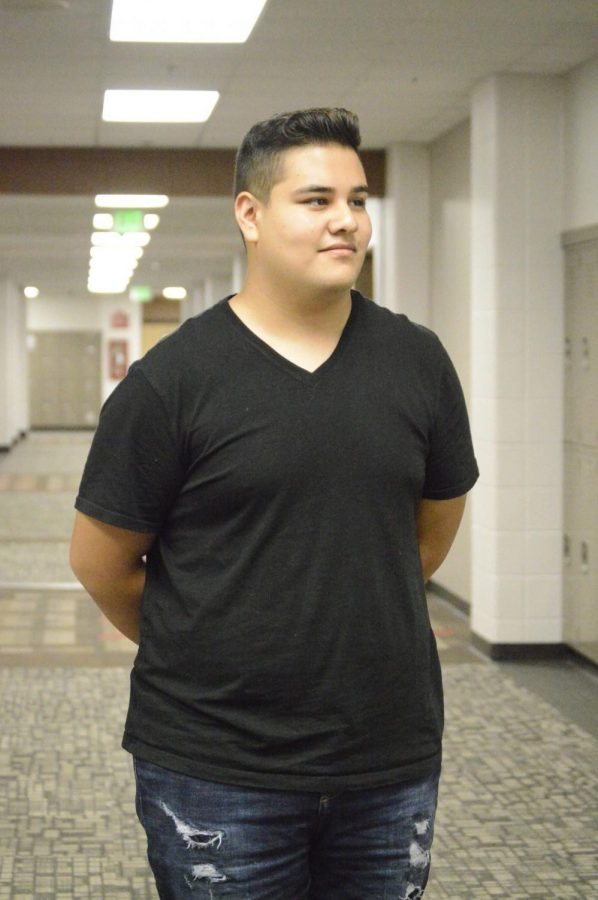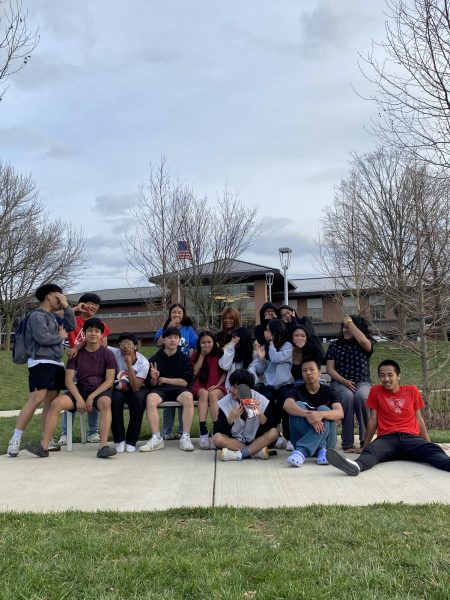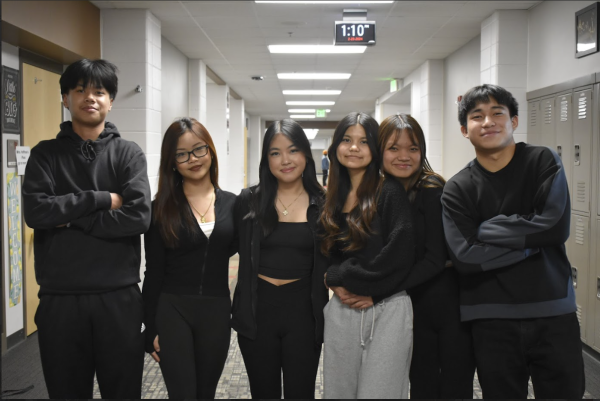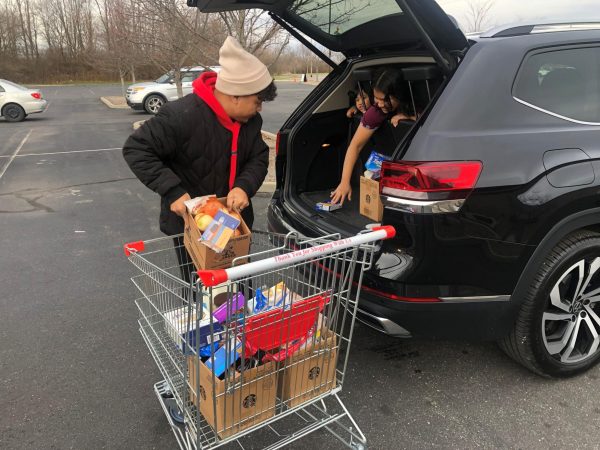Home to many
Latin American immigrants find a sanctuary at SHS

Junior Edwin Salinas camina por el pasillo durante su dia en SHS. El y su familia son inmigrantes de Mexico.
SHS junior Edwin Salinas is a student who is part of the immigration population. He arrived to the U.S. to find new opportunities and face new challenges that other immigrants have experienced.
Salinas is one of SHS’s Mexican immigrant population. Salinas is originally from La Ciudad de México. He came to America when he was only three years old. Salinas came with his family to find a better life in the U.S. His family came to find opportunities, jobs, education and freedom.
“We left because we wanted to be more free,” Salinas said. “We wanted to be more of ourselves and get what we want.”
Many students at SHS can relate to Salinas. One of them is recent arrival, junior Leximar Rivera Torres, came from Puerto Rico with her parents. She left Puerto Rico because her dad found a job and her parents got the opportunity to arrive in the U.S. to find better jobs and have more money.
“In July, we had the opportunity to arrive in the U.S. for economic reasons,” Rivera said.
When Rivera lived in Puerto Rico, she said that there is more freedom there than the U.S. She felt more confident speaking her language and had more friends. Rivera is also trying to learn English and trying to find new and better friends.
Moving into another country has a large effect on immigrants and on people. For Salinas’s family, it changed their lives enormously. His parents were able to try to find jobs that could support their kids and find better living conditions. They want their kids to have a better future and a better education than what they had.
“It affected my family and how they got a house, a job and all that,” Salinas said. “It’s just how they made it complicated, but once they got used to it, they got better and better.”
When Salinas left his country, he felt sad knowing that he won’t be able to see the rest of his family that he left behind. When his family is on the other side of the border, his loved ones can fall ill and it’s a struggle for Salinas and his family to know that there’s nothing they can do to help. All they do is wait and pray for the best.30
“I miss my dad’s part of the family,” Salinas said. “My grandma is really sick and there’s nothing that we can do to help her.”
One of the main reasons why Salinas can’t go back to his country is because if he goes back to his country, he won’t be able to return back to the U.S. Salinas even mentioned that he would rather stay in the U.S. and be with the other part of his family. Salinas hopes that one day he could go back to visit his family in Mexico.
The population of immigrants fleeing into the U.S. has rapidly increased over the course of years. In 2017, at least 57% of Native born immigrants were welcomed as U.S. citizens. Half of this percentage is made up of Mexicans. In 2017 alone, 11.3 million unauthorized immigrants came into the country. Every year it continues to grow as new immigrants arrive in the U.S
For Salinas, he is grateful to be part of this group. His parents came a long way and a long struggle to get to where they are now. He supports and loves his family from back home. Salinas wishes for new incoming immigrants to try their best and be want they want to be.
“Just try your best,” Salinas said. “Be what you want to be, and make it.”






